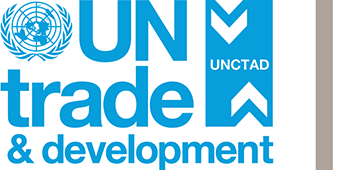This study assesses Samoa’s fiscal stimulus response to the COVID-19 pandemic and its plans to ensure a sustainable, green, and forward-looking path towards recovery. Though less directly impacted by the health consequences of the pandemic, Samoa’s economy has been heavily affected due to its border containment strategy and the loss of tourism and exports. A summary of existing policy measures is presented and discussed in terms of their alignment with the Sustainable Development Goals (where major challenges remain in goals 2, 3, 5, 9, 10, 12, and 15) and Samoa’s National Policy Objectives for 2021-25. In the context of post-pandemic recovery, the costs associated with different economic and social policy responses are presented. The UNESCAP Macroeconomic Model, which allows for in-depth quantitative modelling of future policy proposals based on realistic regional simulations, is used to detail the fiscal support measures and their estimated impact on GDP. Different fiscal policy scenarios (including a base-case, active, and emergency scenario) that the Samoan government may consider in the short-medium term are highlighted. Finally, internal and external financing sources that the government may consider to fund these policies are delineated.
